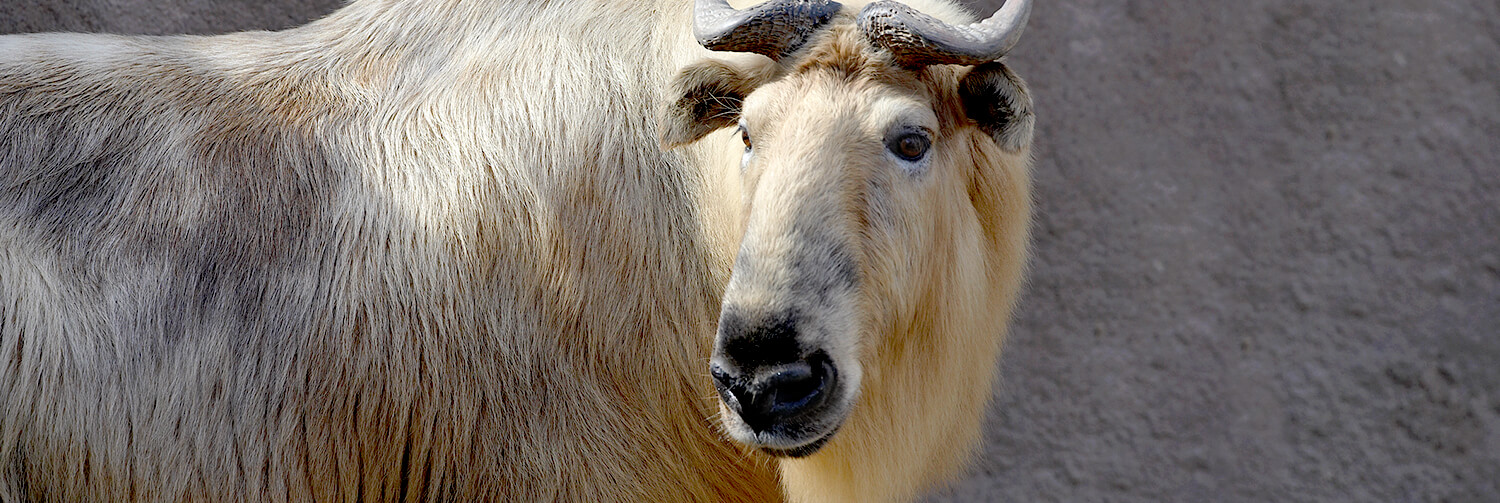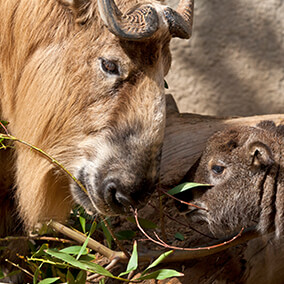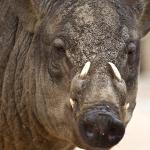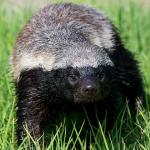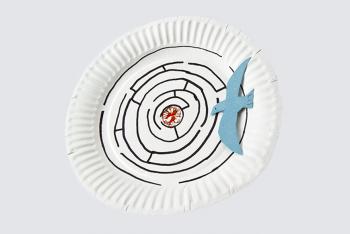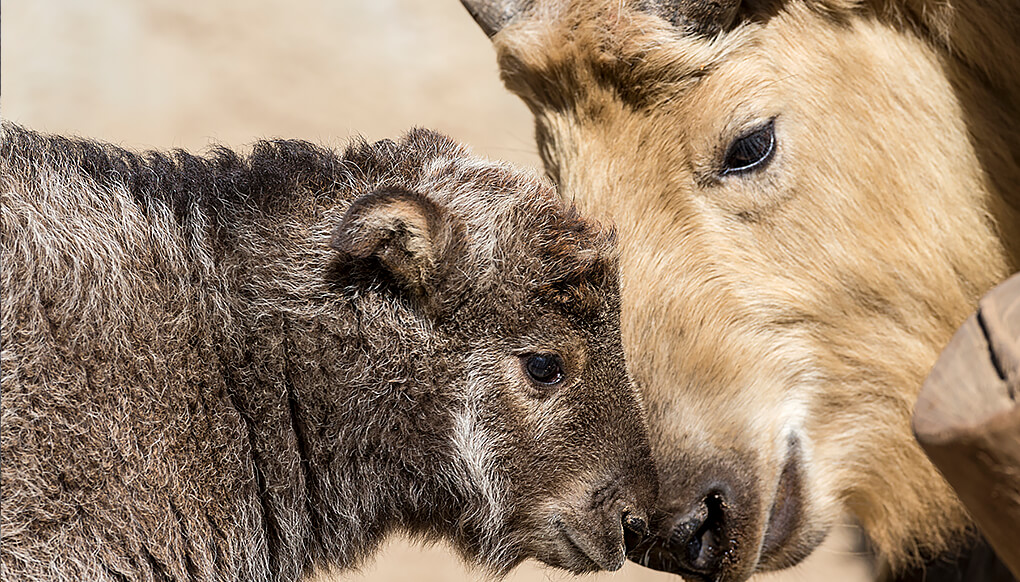
Takin

Mammals


Threatened
facts

Takins eat leaves of bamboo and other plants, and bark.

description
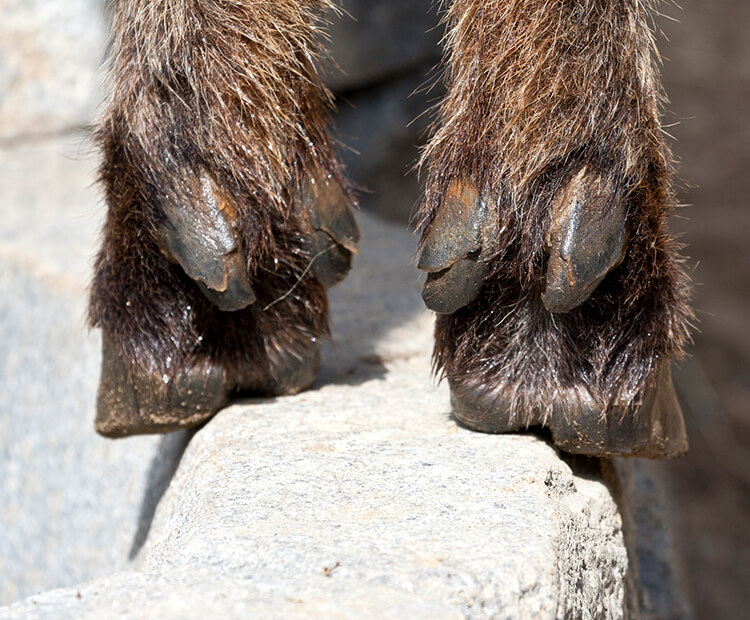
Built for survival
These big herbivores have special adaptations that help them survive in their habitat. A takin has split hooves that give it good footing on steep, rocky hillsides. Thick, shaggy fur helps it stay warm in the winter, and so does that super-sized snout! The big nose warms up the cold air as the takin takes a breath.
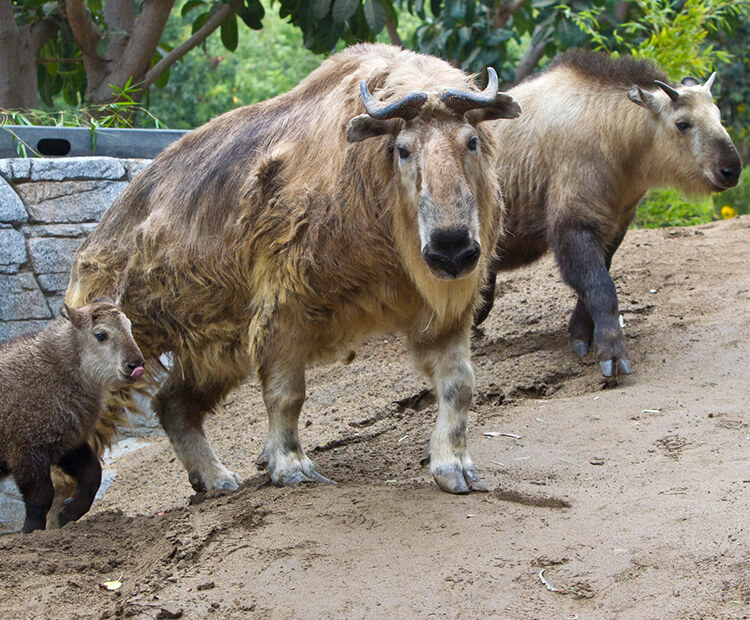
On the move
Each spring, takins gather in large herds and migrate up the mountains to find fresh food. When the food runs out and the weather grows cold, they move back down to the valleys. As they travel back and forth, they use the same paths over and over again, so the route is well marked.
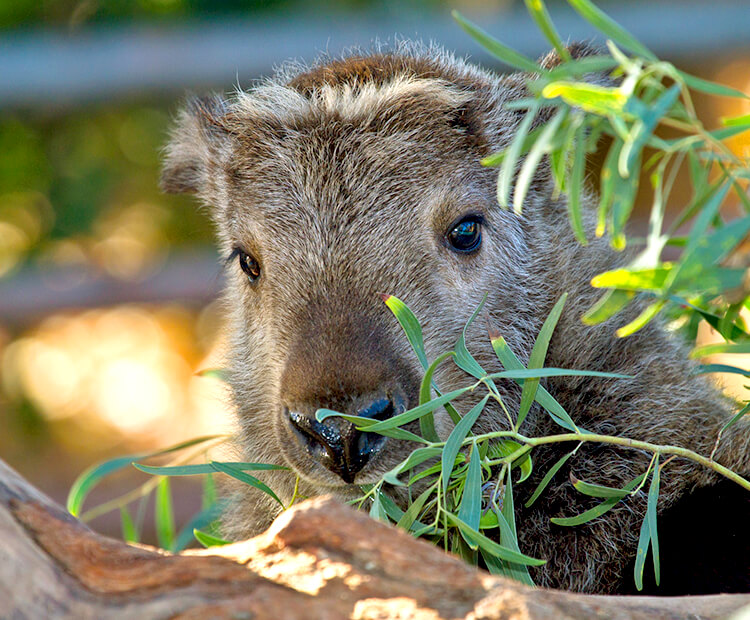
Four stomachs
Like cows and sheep, takins have 4 stomachs. When they eat, they swallow leaves and bark without chewing it. Later, the takin will bring the food back up from its stomach in a form called cud. They spend a lot of time chewing the cud before swallowing it again.

